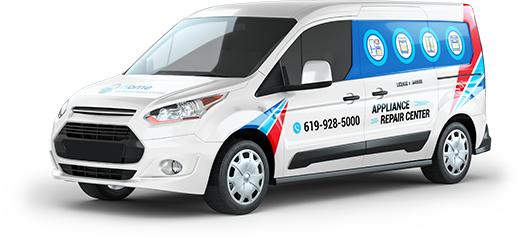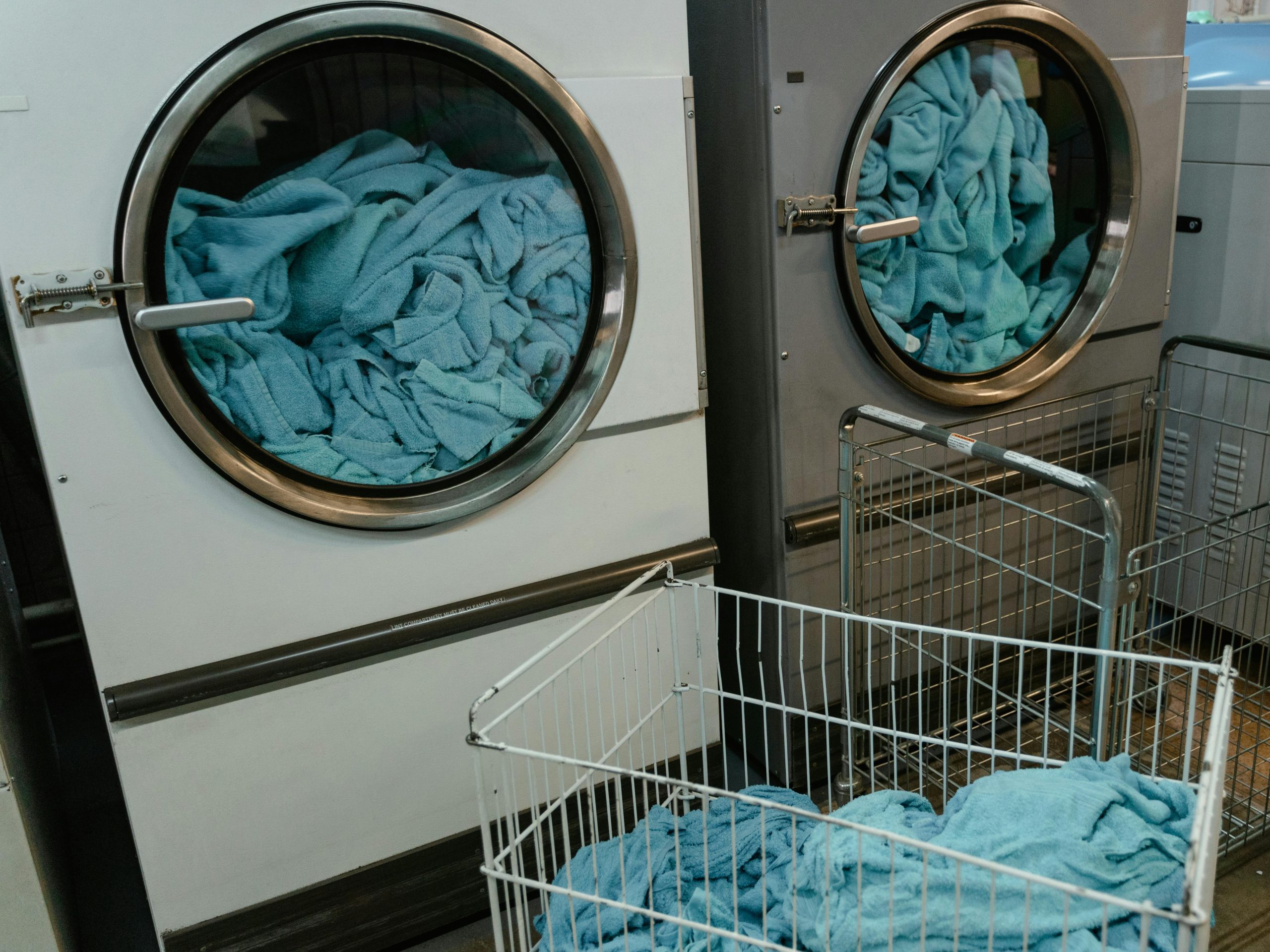The ventilation system is a crucial component of your dryer, responsible for expelling hot air and moisture generated during the drying process. However, damaged or broken wires within the ventilation system can lead to various issues, including reduced airflow, overheating, and even fire hazards. In this article, we’ll explore the common causes of damaged or broken wires in dryer ventilation systems, the risks they pose, and effective solutions to address and prevent such issues.
Understanding the Dryer Ventilation System
The dryer ventilation system consists of a network of ducts, hoses, and wires that facilitate the flow of air and moisture from the dryer to the outside environment. The ventilation system plays a vital role in maintaining proper airflow, preventing overheating, and reducing the risk of fire hazards associated with lint buildup.
Common Causes of Damaged or Broken Wires
Wear and Tear: Over time, the constant movement and vibration of the dryer can cause wires within the ventilation system to become worn or frayed. This is particularly common in older dryers or those that undergo frequent use.
Improper Installation: Incorrect installation of the ventilation system, including loose connections or sharp bends in the ductwork, can put strain on the wires and lead to breakage or damage over time.
Excessive Heat: The high temperatures generated within the dryer and ventilation system can cause wires to become brittle and susceptible to damage, especially if they are exposed to direct heat or hot air for prolonged periods.
Rodent Infestation: Rodents and other pests may seek shelter within the ventilation system, gnawing on wires and causing damage in the process. This can compromise the integrity of the ventilation system and pose safety risks.
Risks Associated with Damaged or Broken Wires
Reduced Airflow: Damaged or broken wires can obstruct airflow within the ventilation system, leading to reduced efficiency in drying clothes. This can result in longer drying times and increased energy consumption.
Overheating: Restricted airflow caused by damaged wires can cause the dryer to overheat, posing a fire hazard. Excessive heat buildup within the dryer and ventilation system can ignite lint or other flammable materials, leading to potential fires.
Electrical Malfunctions: Broken or damaged wires can lead to electrical malfunctions within the dryer, including short circuits, power surges, and electrical fires. This poses a significant safety risk to both the appliance and the surrounding environment.
Moisture Accumulation: A compromised ventilation system can lead to moisture buildup within the dryer, increasing the risk of mold and mildew growth. This not only affects the performance of the dryer but also poses health risks to occupants of the household.
Solutions to Address and Prevent Issues
Regular Inspection: Conduct regular inspections of the dryer ventilation system to check for signs of damage or wear and tear. Pay close attention to the wires, ductwork, and connections, and address any issues promptly to prevent further damage.
Repair or Replace Damaged Wires: If you discover damaged or broken wires within the ventilation system, repair or replace them as soon as possible. Use high-quality wire connectors and insulation materials to ensure secure connections and prevent future issues.
Proper Installation: Ensure that the dryer ventilation system is installed correctly, with adequate support and clearance to prevent strain on the wires. Avoid sharp bends or kinks in the ductwork, as these can cause damage to the wires over time.
Pest Control Measures: Take steps to prevent rodent infestations by sealing any entry points and using traps or repellents as needed. Regularly inspect the ventilation system for signs of pest activity and address any issues promptly to prevent damage to the wires.
Damaged or broken wires within the dryer ventilation system can lead to various issues, including reduced airflow, overheating, and fire hazards. By understanding the common causes and risks associated with damaged wires, and implementing proactive maintenance measures, you can ensure the continued safety and efficiency of your dryer. Regular inspection, repair, proper installation, and pest control measures are essential steps in preventing damage to the wires and maintaining the integrity of the ventilation system. By taking these precautions, you can enjoy reliable drying performance and peace of mind knowing that your dryer is operating safely and efficiently.
For any home appliance issues, reach out to us at HOME APPLIANCE SERVICE CENTER, the foremost Repair Service Provider in San Diego. Our unmatched performance, precision, expertise, and experience set us apart as the top choice for repairs. Our friendly approach, complimentary maintenance advice, and unbeatable after-service warranty enhance our appeal. With 24/7 availability, including weekends and holidays, and a 15-minute emergency response time, we’re here to address your concerns promptly. Don’t hesitate – call us, and HOME APPLIANCE SERVICE CENTER will resolve any problem.
Contact us
 619-928-5000
619-928-5000  Request Service
Request Service 
